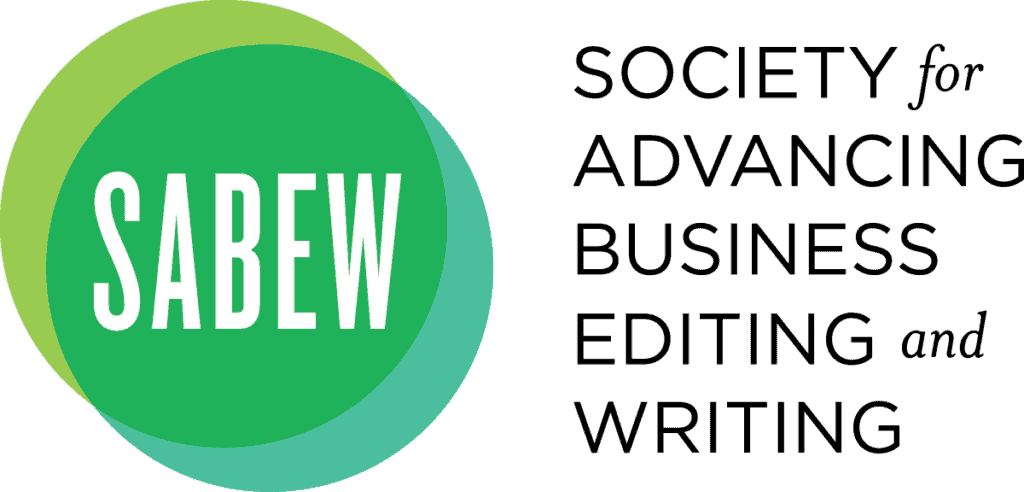By Michael Banks
Filling out the Federal Application for Student Aid (FAFSA) was the key to multiple grants, scholarships and funding opportunities that allowed Lytzy Hernandez to attend college.
Hernandez, a third-year exercise and sports science major at the University of Georgia, is the first in her family to go to college and works to provide opportunities for community and professional development to fellow first-generation college students as the president of First Gen UGA.
She navigated the process of applying for federally funded aid almost entirely on her own.
“I was scared about misfiling or putting in the wrong information because of the potential for fines,” she said. “My parents don’t speak English which left me translating to them throughout the application and asking for everything I needed in terms of our tax info.”
FAFSA is an application required to determine how much federal aid a student is eligible to receive. This aid comes in the form of grants, scholarship opportunities, work-study jobs, and loans, according to the federal student aid website.
Both private and public organizations use a student’s FAFSA information in allocating funds to scholarship and loan aspirants, making it a cornerstone to the process for students independently funding their higher education like Hernandez.
“Even if I feel like I have sufficient funds,” said Hernandez, “I’m constantly applying to scholarships, and a lot of them require you to provide proof that you’ve completed it.”
Despite the importance it has for underrepresented students, more than $3.75 billion in Pell Grants was left on the table in 2021, according to a study conducted by the National College Attainment Network (NCAN).
The same study also found a more than 4% drop in FAFSA completion nationwide in the past two years, and experts cite the financial hardships of the pandemic as the culprit.
“There’s a mentality where students may not think they’re eligible for any aid. If a student thinks there’s no money out there or that they’ll never be able to afford college, then that becomes a barrier long before opening the [FAFSA] form,” said Bill DeBaun, senior director of strategic initiatives and data at NCAN.
DeBaun, who developed NCAN’s Form Your FAFSA Tracker and resource database as part of the organizations’ mission to address education inequity, said the implications of filling out a FAFSA are further reaching than financial aid.
Seniors who complete the FAFSA are 84% more likely to immediately enroll in postsecondary education, and there’s an additional 127% increase in immediate college enrollment for students in the lowest-income quintile, according to NCAN.
Hernandez said while it is important, the application can be confusing to those navigating it for the first time, and the benefits from the federal government can be limited.
“If you come from a family that’s above the poverty line but still lower-middle-class, then it puts students in a situation where they don’t qualify for money that they need, discouraging them from a process that’s already complicated,” she said.
The process for applying to FAFSA is being reformed for the 2022-2023 application cycle in order to encourage more applications and provide greater benefits to low-income students.
In the meantime, DeBaun encouraged students overwhelmed in navigating the process to reach out.
“You’re not on your own. There are caring adults, organizations, and associations all devoted to navigating FAFSA that want you to succeed. Even just Googling ‘FAFSA completion in my area’ will yield localized resources to navigate that process,” he said.
Michael Banks is a journalism student at the University of Georgia.

